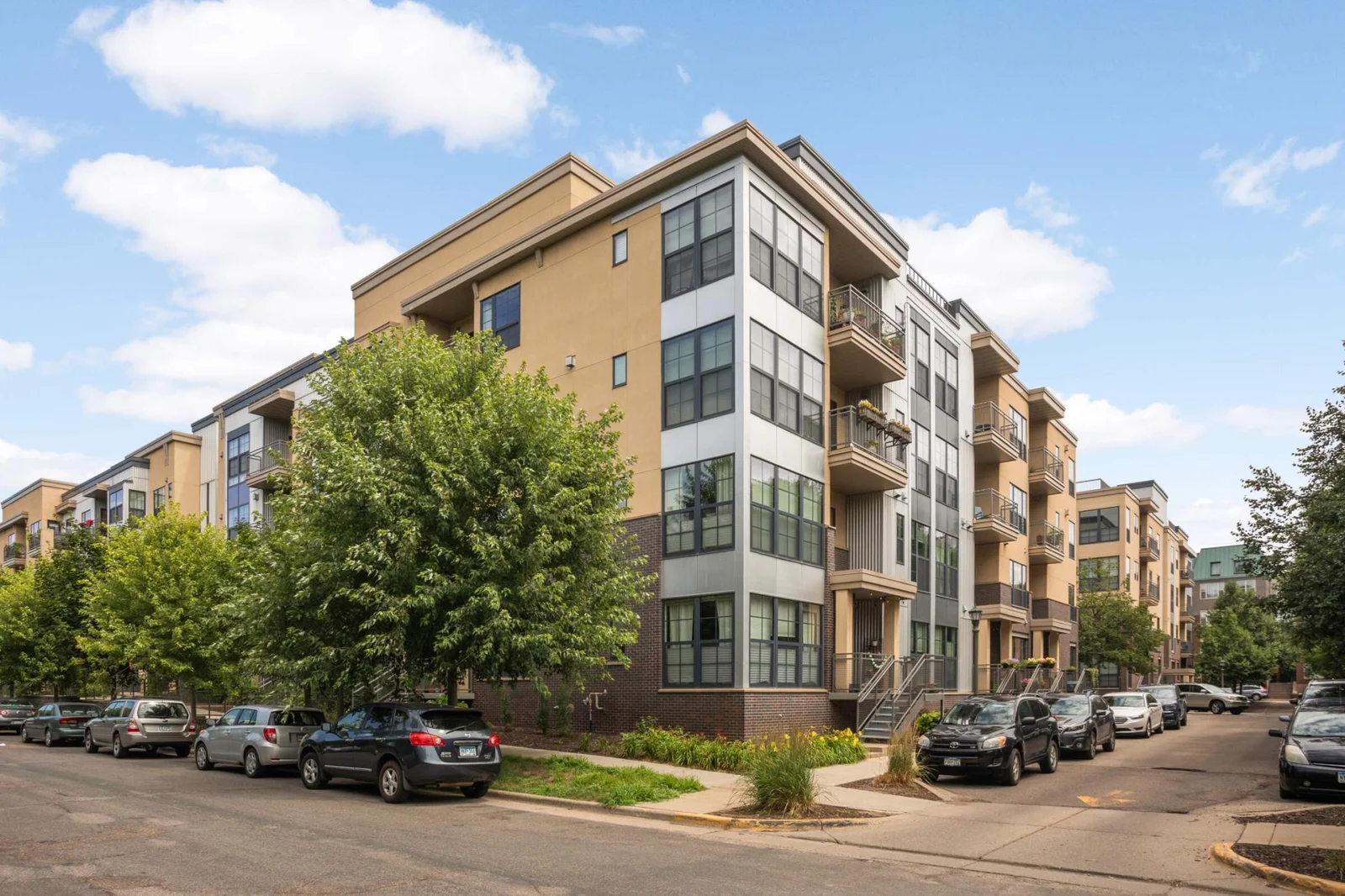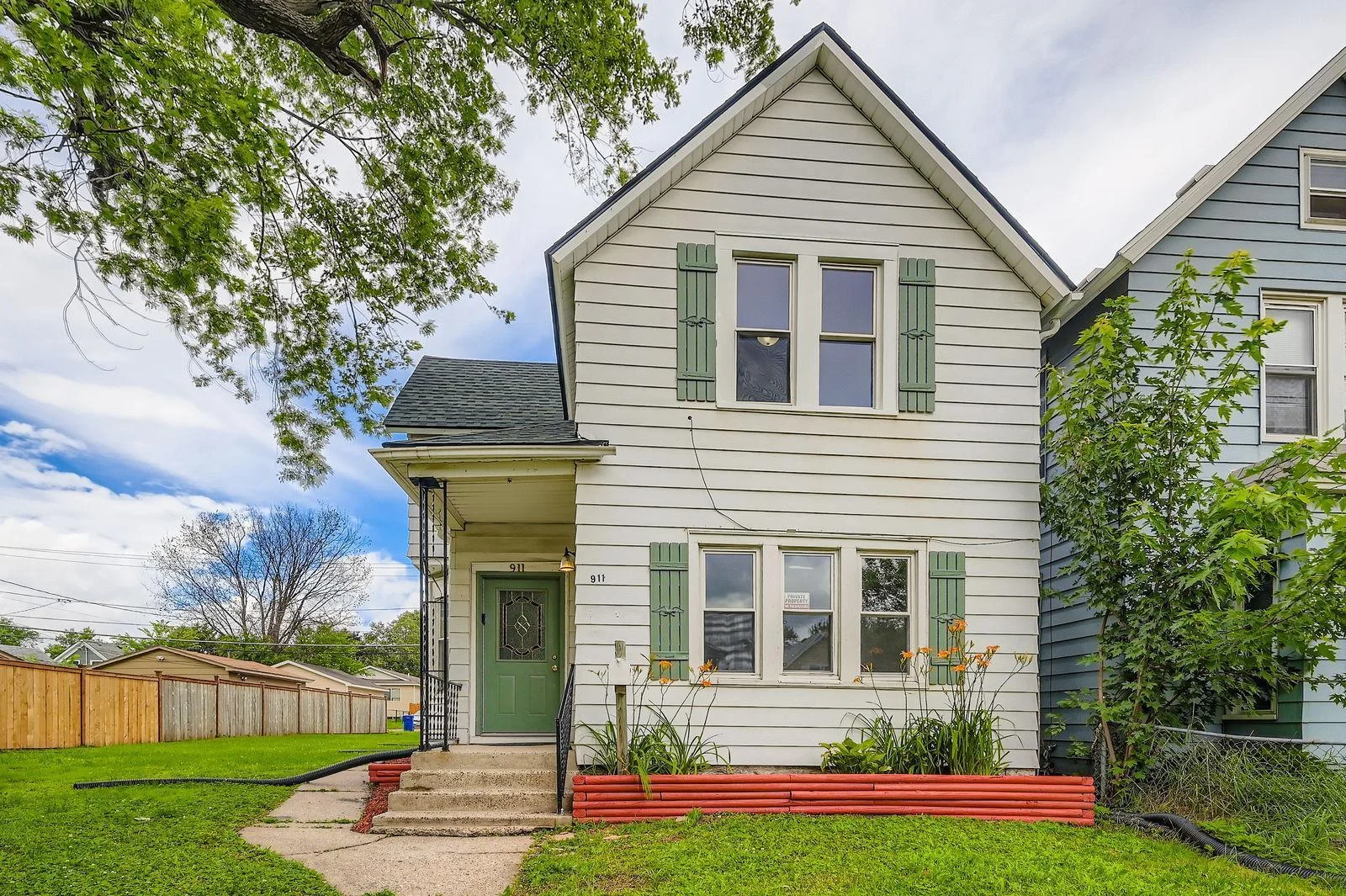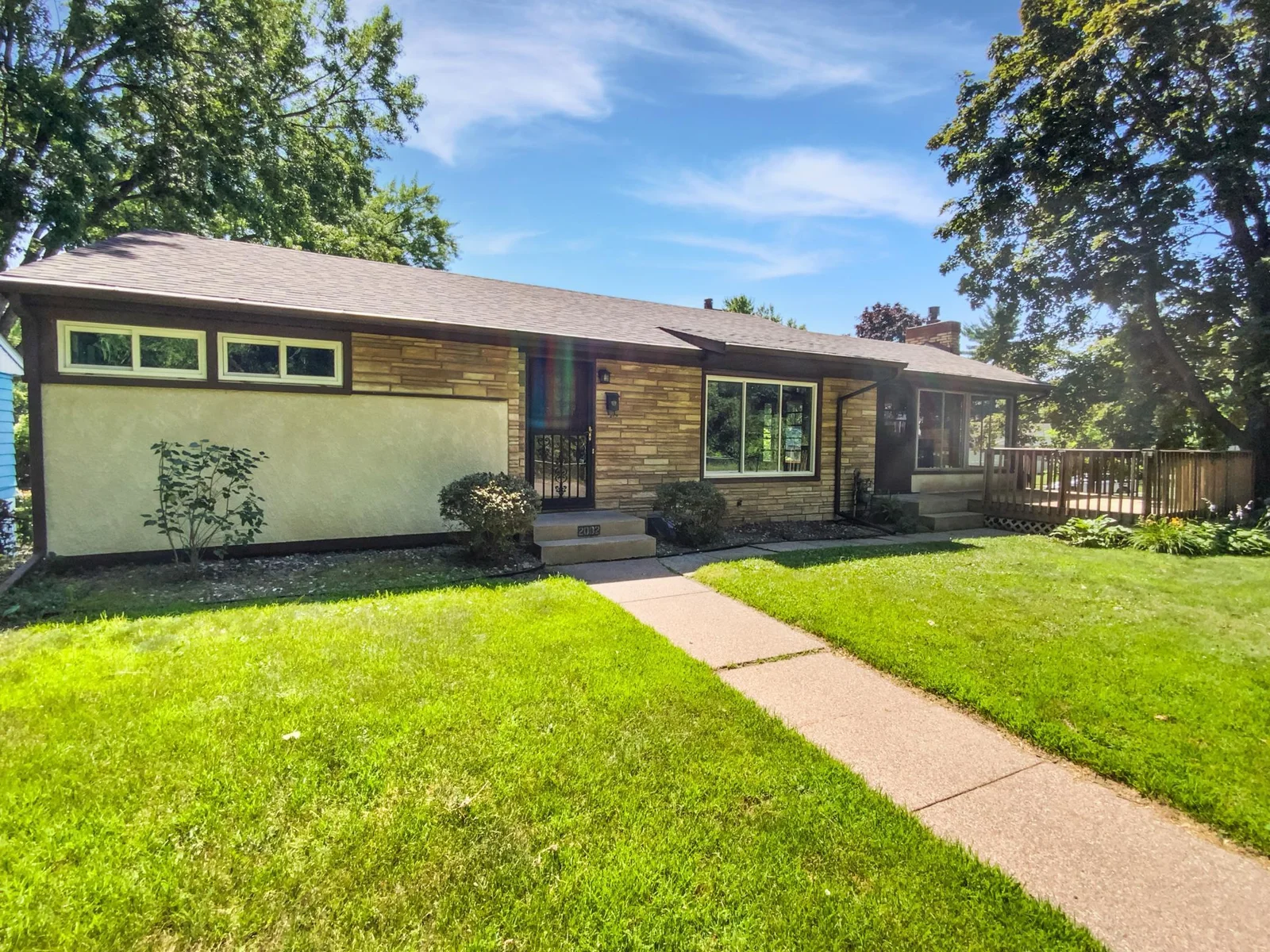This page includes AI-assisted content reviewed by Mark Gores, Licensed Minnesota Realtor #20486494. Market statistics and trends are based on information from MLS GRID, deemed reliable but not guaranteed.
All information is sourced from the MLS and verified for accuracy.
Living in Saint Paul, Minnesota
Saint Paul stands as one of Minnesota's most charming and historically rich communities, offering residents a perfect blend of classic architecture, diverse neighborhoods, and strong community spirit. Whether you're a first-time homebuyer or looking to upgrade, understanding the local real estate market is crucial for making informed decisions.
Market Overview
The Saint Paul real estate market has shown steady activity with a focus on historic preservation and neighborhood character. The city's diverse housing stock ranges from Victorian mansions in historic districts to modern condominiums near downtown, providing options for various budgets and preferences.
Market dynamics in Saint Paul are influenced by its role as the state capital, proximity to downtown Minneapolis, and strong neighborhood identities. The presence of state government, healthcare systems, and educational institutions provides stable employment that supports real estate values throughout the city.
Neighborhoods & Communities
Saint Paul offers distinctly different neighborhoods, each with its own character and community feel. From the grand homes of Summit Avenue to the diverse communities of the East Side, there's something for every lifestyle and budget.
Downtown Saint Paul features lofts, condominiums, and apartments with easy access to government offices, cultural attractions, and entertainment venues. The area appeals to professionals working in government, law, or downtown businesses.
Summit Avenue and Crocus Hill showcase some of the nation's finest Victorian architecture, including the historic F. Scott Fitzgerald house. These neighborhoods attract buyers seeking historic charm and architectural significance.
Highland Park offers family-friendly streets, good schools, and a strong commercial district along Ford Parkway. The area is particularly popular with families seeking suburban amenities within city limits.
Mac-Groveland near the University of Saint Thomas and Macalester College provides a mix of student housing and family homes. The neighborhood benefits from university activities and maintains a diverse, intellectual atmosphere.
West Seventh has experienced significant revitalization, offering urban living options with proximity to downtown and easy access to both Minneapolis and Saint Paul amenities.
Local Amenities
Saint Paul residents enjoy access to numerous parks, cultural institutions, shopping areas, and dining options. The city's park system includes hidden gems like Hidden Falls Regional Park and more prominent destinations like Como Park Zoo and Conservatory.
The Mississippi River provides recreational opportunities including walking paths, boat launches, and scenic overlooks. Many neighborhoods feature tree-lined streets and pocket parks that contribute to the city's livable character.
Cultural amenities include the Ordway Center for the Performing Arts, Science Museum of Minnesota, and numerous galleries and music venues. The city's arts scene is supported by both institutions and grassroots organizations throughout various neighborhoods.
Shopping options range from the boutiques along Grand Avenue to the farmers markets held in different neighborhoods. Saint Paul's food scene emphasizes both ethnic diversity and local ingredients, reflecting the city's immigrant heritage and agricultural connections.
Schools & Education
Saint Paul is served by Saint Paul Public Schools, which offers diverse programming including magnet schools, dual-language immersion programs, and arts-focused academies. The district emphasizes cultural responsiveness and serves a diverse student population.
The city is home to several respected private schools and numerous higher education institutions. The University of Saint Thomas, Macalester College, Hamline University, and Metropolitan State University provide educational opportunities and contribute to the city's intellectual climate.
Many families choose Saint Paul specifically for school options, neighborhood schools, and the district's commitment to serving diverse communities. School choice options allow families to find programs that match their educational priorities.
Investment Potential
The stable real estate market in Saint Paul makes it an attractive option for both homeowners and investors. The city's commitment to historic preservation, strong neighborhood organizations, and stable government employment support long-term property value appreciation.
Different neighborhoods offer varying investment profiles. Historic areas may require more maintenance but often appreciate well due to architectural significance. Emerging neighborhoods provide opportunities for buyers seeking value and future growth potential.
Market trends show consistent demand for well-maintained properties in established neighborhoods. Factors like architectural character, walkability, and school access significantly influence property values and marketability.
Transportation & Accessibility
Strategic location provides residents with excellent connectivity throughout the Twin Cities metropolitan area. The Metro Transit system includes the Green Line light rail connecting downtown Saint Paul to downtown Minneapolis and the University of Minnesota.
Extensive bus routes serve neighborhoods throughout the city. Many areas feature bike lanes and walking paths that connect to regional trail systems along the Mississippi River and throughout the metro area.
Major highways including I-35E, I-94, and Highway 5 provide convenient access to suburban communities and employment centers. Many residents appreciate the ability to walk or bike to work, especially those employed downtown or at nearby institutions.
Climate and Community Character
Saint Paul experiences a continental climate with four distinct seasons, similar to Minneapolis but with its own community character. The city embraces winter with ice fishing, skating rinks, and the famous Winter Carnival.
The Mississippi River and numerous parks provide year-round recreational opportunities. Summer brings neighborhood festivals, outdoor concerts, and extensive use of the parks and river areas.
Residents often develop strong neighborhood connections and civic engagement. Saint Paul's reputation for community involvement reflects genuine neighborhood pride and active participation in local government and organizations.
Getting Started
If you're considering a move to Saint Paul, start by exploring different neighborhoods to understand their unique characteristics and community feel. Consider factors like commute patterns, lifestyle preferences, and budget constraints.
Working with a local real estate professional provides valuable insights into neighborhood specifics, market conditions, and current inventory. Many areas have active neighborhood organizations that welcome potential residents and provide community information.
Visit during different seasons if possible to experience the city's year-round character. Attend neighborhood events, visit local businesses, and explore parks to get a feel for daily life in different areas.


